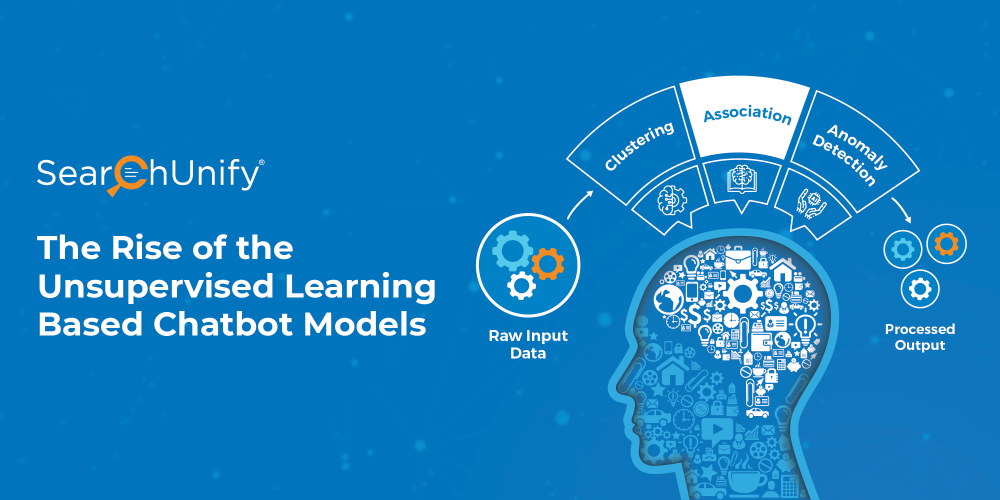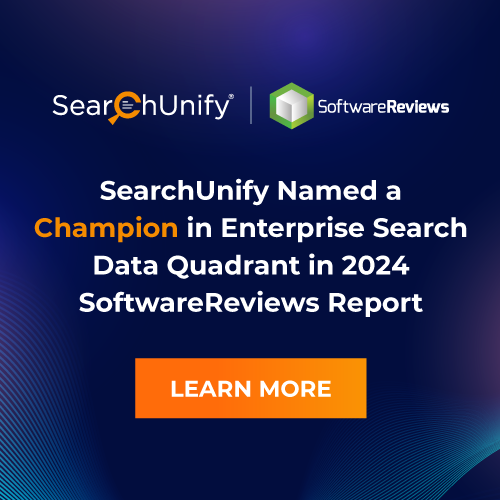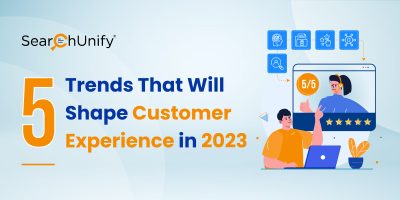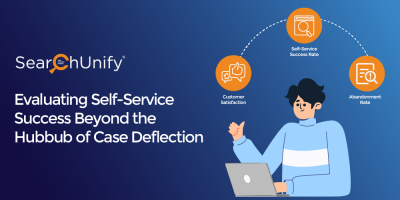
In the Gartner Hype Cycle of 2019, chatbots were at the peak of inflated expectations, representing premature enthusiasm and hype for the technology due to a select few success stories. Ever since their origin, chatbots were hailed as game-changers. Unfortunately, due to their inability to go beyond basic queries, they failed to sweep us off our feet.
But according to the latest reports, chatbots are all set to make a roaring comeback this year. What has changed now? Before we answer that question, let’s have a look at the chatbot evolution.
What Went Wrong, Initially?
The first two chatbot generations were based on a predefined set of rules and supervised machine learning models, respectively. While the first succumbed to meaningless responses for undefined questions, the second required extensive data labeling for training. Users became frustrated with chatbot responses and attributed the failure to over‑promising, and under‑delivering.
The latest generation of chatbots has learned from these mistakes and is based on adaptive unsupervised learning. These chatbots are powered by artificial intelligence and they are built on self‑learning algorithms that learn from unlabelled data. These new‑age bots combine the advantages of previous bots in addition to unsupervised machine learning to handle complex conversations. Semantic processing enables them to understand the correlation of words and hence user intent to surface increasingly relevant responses. This is just the tip of the iceberg. Let’s see what unsupervised learning has in store for chatbots of the future.
Unsupervised Learning: What Does It Mean in the Chatbot Context?
Supervised machine learning depends on manual labeling of data sets. While it might seem easy at first, as the volume of conversations and data grows, it becomes dreadful. Also, this requires a supervisor, an expert who is constantly tagging the conversation data to a chatbot. Hence, it becomes expensive after a while to train chatbots using this model. And that too when the nature of user queries is only going to vary more with time.
On the contrary, AI‑fueled chatbots leverage natural language processing (NLP), among other things, for intent detection & entity extraction in user utterances. They analyze the raw data and classify it on their own. Thus, doing the heavy‑lifting, and eliminating major manual efforts.
Unsupervised, Yet Controlled Learning Is the Way to Go
It’s important to note that before adopting or changing your chatbot project, an organization needs to have unified search in place. Here’s why. If you have intelligent, or better, cognitive search implemented, you can index content residing in any repository, regardless of the format, in one place. Now, a chatbot amalgamated with search will gather search queries and club them under separate categories on its own. After that, the bot will create the intent itself and suggest your experts or admins; “Hey, I have created two intents. Accept them or reject them.” If you want to dive deeper into this topic, here’s the perfect ebook.
In a nutshell, the chatbots based on unsupervised learning models recognize patterns and extract intent from searched data, on their own. Then, they offer intent suggestions to admins/data experts.
But what’s interesting to note is, with AI‑driven bots you also get real‑time insights that provide data on metrics such as user interaction, intents, etc.
Consider this example:
Intent one: Reward points not credited to my account
Intent two: Order history deleted for my account
If intent one gets 150 hits and intent two only 2 or 3, then you can add more utterances in intent one and make it more useful for future incoming queries. This is what makes quick and accurate user interactions possible.
Some chatbot solutions come with reports that provide the total users who interacted with the chatbot during a selected period of time. In addition to it, they offer real‑time analytics that shows current interactions. These reports not only give insights into user behavior but also assess bot performance so that you can continually tweak your bot with minimum efforts to get better results.
The Bottom Line
As the data in your company will explode, chatbots based on artificial intelligence and unsupervised machine learning will save the day. With this model, the chatbots self‑learn and improve as and when more data is fed to them.
AI‑driven bots reduce the amount of training time, administration, and maintenance needed and still elevate the quality of customer interactions. These chatbots have multiple use cases ranging from support, services to the e‑commerce business. And the best part–very less human supervision and no manual explicit data tagging.
Need Help to Navigate the Confusing and Crowded Chatbot Marketplace?
TSIA says, “Unless AI is your company’s core competency, don’t build it yourself.” We were cited as “Best‑of‑breed providers” in their latest report on chatbots this year. Since we include language libraries and packaged AI/ML, it allows rapid implementations and good results without a team of data scientists on staff. Download this datasheet to know what makes our chatbots unique.















